The world’s oceans encompass over 71% of the Earth’s surface, containing 97% of the planet’s water. These vast bodies of water exhibit remarkable diversity, from sunlit coral reefs teeming with life to lightless abyssal depths holding mysteries yet unknown. Immerse yourself in the grandeur of the largest oceans and seas in the world, embarking on an odyssey through their immensity.
Overview of largest oceans in the world
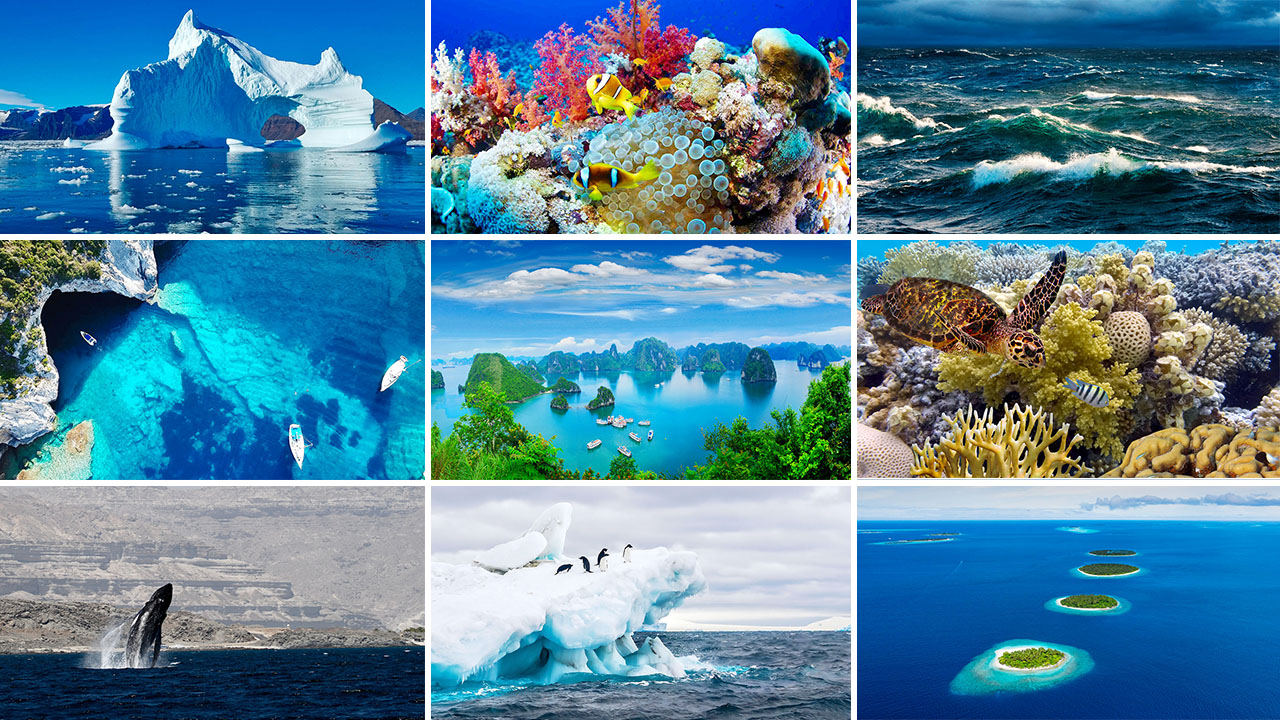
The oceans can be divided into 5 major bodies: the Pacific, Atlantic, Indian, Southern, and Arctic Oceans. Additional smaller seas like the Coral, Arabian, South China, Caribbean, and Mediterranean Seas have their own unique characteristics. Let’s explore them in more detail.
Pacific Ocean: Immensity and Profundity
- Area: 165,250,000 square kilometers
- Deepest Point: Challenger Deep (36,070 feet)
Vastness and Diverse Ecosystems
Stretching across nearly one-third of the Earth’s surface, the Pacific Ocean stands as the largest and deepest of all oceans. Its basin spans over 165 million square kilometers, containing just over half of the Earth’s ocean waters. Such immensity translates into profoundly diverse ecosystems found across the Pacific.
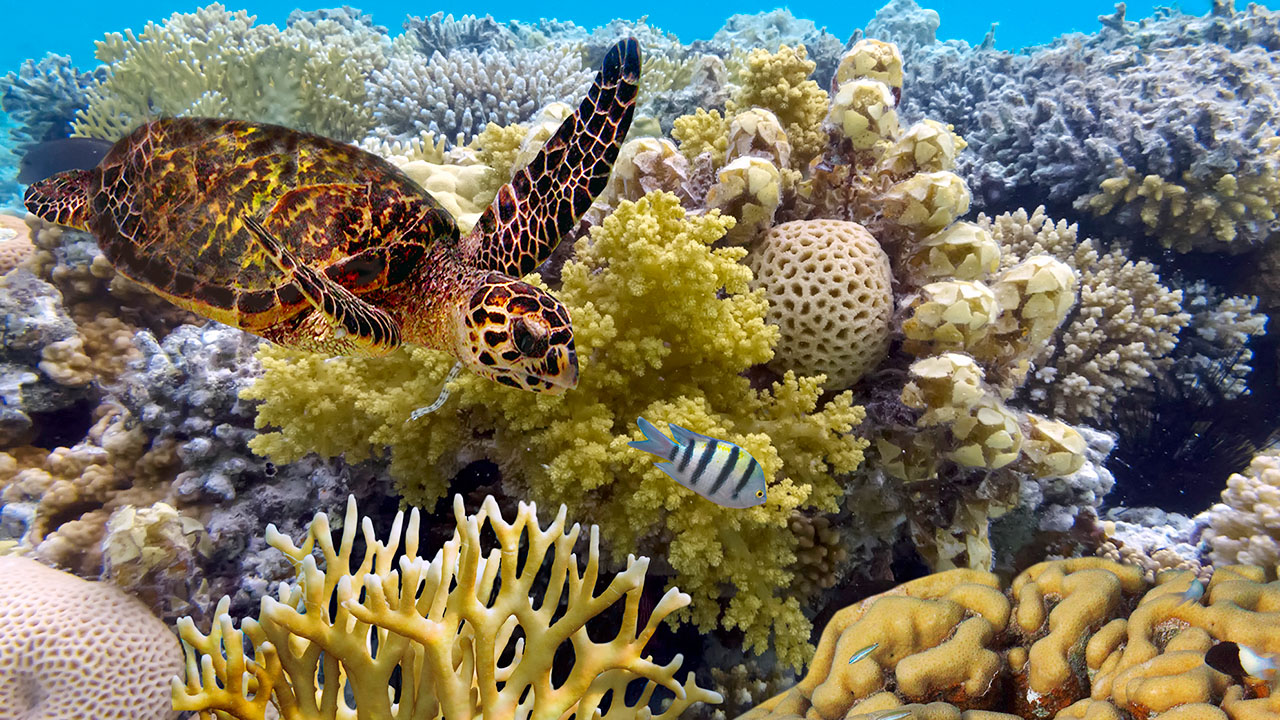
The Pacific Ocean is home to a dazzling variety of marine habitats. Vibrant coral reefs bursting with colors, volcanic islands wreathed in mist, abyssal plains plunging to tremendous depths, and vast gyres dominated by tiny photosynthetic organisms are all part of this ocean’s intricate ecosystems. Iconic regions like the Great Barrier Reef and the Galápagos Islands as well as lesser-known realms contain unique species found nowhere else on Earth.
Influence on Global Climate
The Pacific Ocean also has worldwide climate impacts through phenomena like the El Niño Southern Oscillation (ENSO). As massive Pacific currents shift and sea surface temperatures fluctuate, global weather patterns are disrupted, causing increased rainfall in some areas and droughts in others.
The Pacific additionally absorbs huge amounts of carbon dioxide from the atmosphere and heat from sunlight and global warming. Variations in these absorption rates over time have far-reaching influences on international climate and weather. Clearly this ocean’s operations have planetary-scale effects.
Atlantic Ocean: A Crossroads of Cultures and Currents
- Area: 106,460,000 square kilometers
- Deepest Point: Milwaukee Deep (27,493 feet)
Maritime Culture and History
The Atlantic Ocean serves as a bridge linking the Americas, Europe, and Africa through maritime trade and cultural exchange. As a central corridor for global commerce and exploration, the history of the Atlantic is intertwined profoundly with that of humankind.
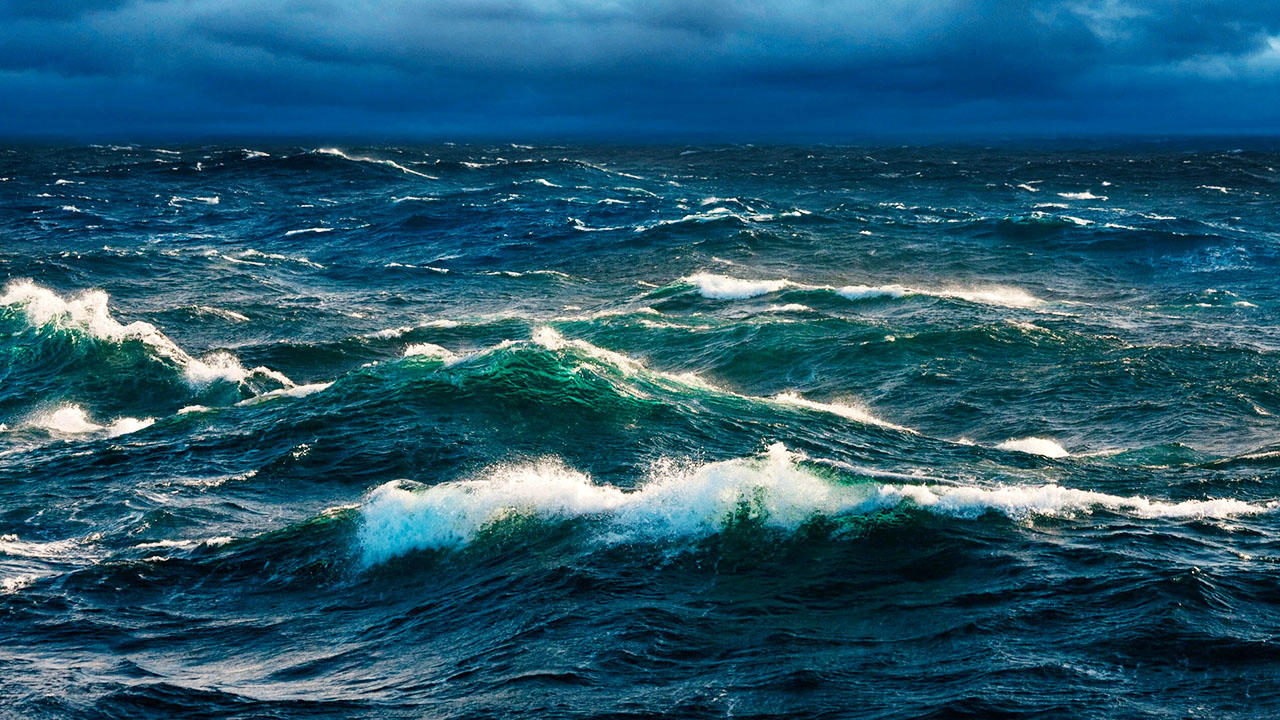
From the journeys of early Polynesian wayfinders island hopping between continents to the transatlantic crossings of Norse longships and Spanish galleons, the Atlantic Ocean facilitated pivotal pre-modern linkages. In modern times transatlantic travel and communication cables laid along Atlantic seafloors continue to connect societies worldwide. The shared heritage of Atlantic cultures is thus uniquely robust and international in scope.
Influence of Ocean Currents
Additionally Atlantic Ocean currents play key roles in regulating global climate by transporting heat worldwide. The churning conveyor belt of water spans the Atlantic basin and connects to adjoining water bodies like the Arctic Ocean.
The Atlantic thereby exercises global oceanographic influence. As one example, the powerful Gulf Stream current ferries vast quantities of warm water towards Europe, moderating temperatures notably across the North Atlantic region. Changes to these crucial currents therefore stand to impact communities across several continents through climate shifts produced regionally and downstream.
Indian Ocean: A Tapestry of History and Natural Beauty
- Area: 70, 560,000 square kilometers
- Deepest Point: Sunda Trench (23,920 feet)
Crossroads of People and Ideas
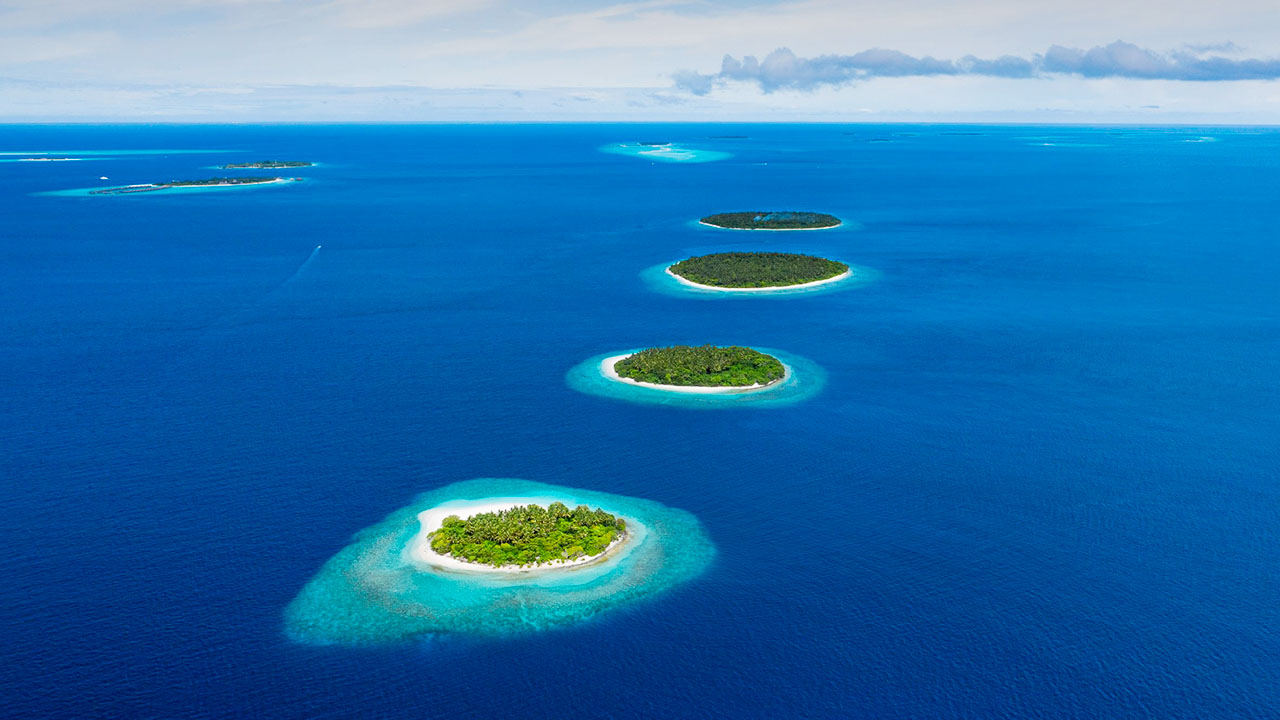
Like the Atlantic Ocean, the Indian Ocean facilitated interactions between diverse civilizations spanning from East Africa to maritime Southeast Asia. Trade ships plied these waters for millennia, exchanging spices, textiles, precious metals, and ideas that helped propel cultural achievements across Asia and Africa. Islands like Zanzibar and coastal commercial hubs became cosmopolitan entrepôts with wide-ranging connections. This legacy of transoceanic exchange gives the Indian Ocean region a unique heritage among the world’s oceans.
Spectacular Coral Reefs
In terms of natural splendor, the Indian Ocean contains some of the planet’s most spectacular coral gardens. The reefs surrounding islands like the Maldives and Seychelles exhibit stunning configurations and contain remarkably high marine biodiversity with bright tropical fish and charismatic megafauna like manta rays inhabiting these shallow, sunlit waters. Such reefs attract visitors worldwide yet remain acutely vulnerable to climate change through coral bleaching. These imperiled ecosystems provide local island communities with food security, tourism income, and coastal protection as well which illustrates their societal value. Safeguarding Indian Ocean reefs is thus an urgent priority.
Southern Ocean: A Realm of Ice and Mystery
- Area: 20,327,000 square kilometers
- Deepest Point: Factorian Deep (24389 feet)
Influence on Climate Patterns
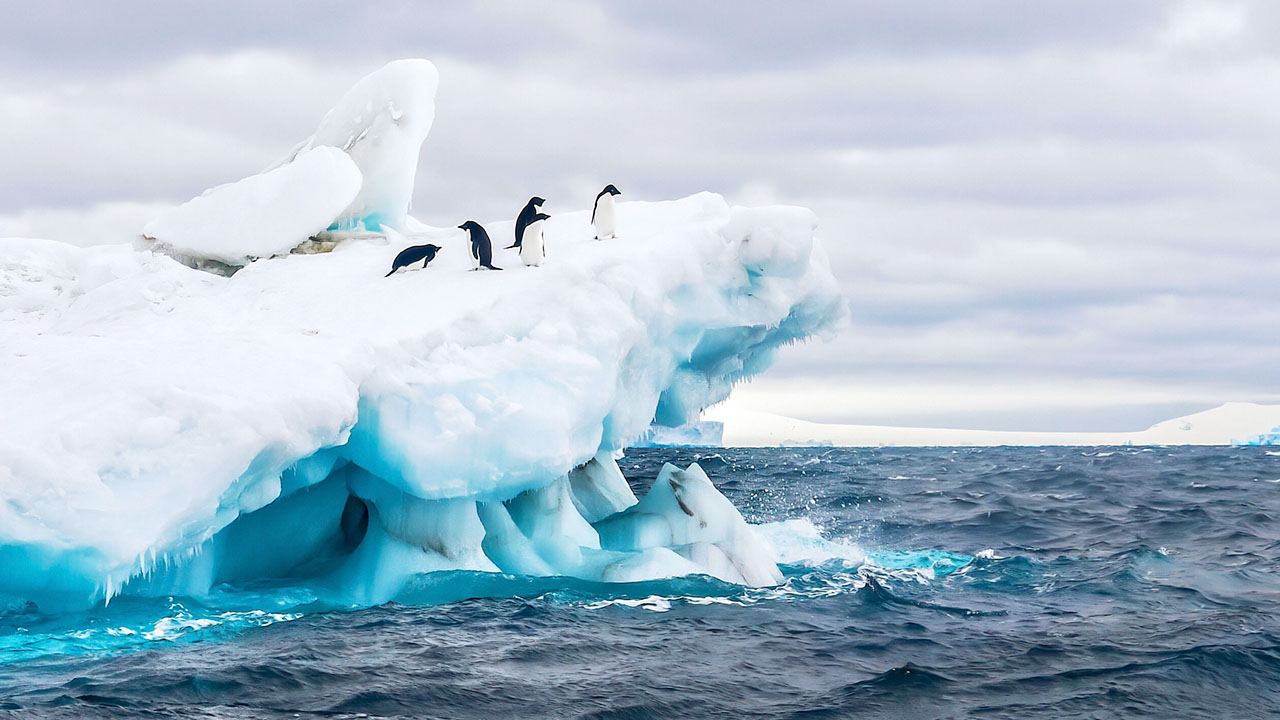
While the smallest ocean by surface area, the waters surrounding Antarctica have an outsized role in global climate regulation. The Southern Ocean functions as a major sink for excess atmospheric carbon dioxide which gets trapped and transferred to deeper zones around Antarctica. Upwelling of nutrient-rich waters additionally support phytoplankton blooms that sequester carbon through the marine food web and into sediments. These natural processes make the Southern Ocean a substantial climate ally.
Unique Marine Ecosystems
This remote polar ocean also contains specially adapted life forms found nowhere else. Iconic Antarctic fauna like penguins and whales have evolved to master their frigid, iceberg-filled environment. Yet beyond these charismatic species exists extreme marine life including giant sea spiders and marine worms thriving on the seafloor in freezing darkness. These bizarre lifeforms illustrate how evolution continues pushing boundaries of adaptability even in Earth’s most hostile ocean. More mysteries surely await discovery in coming years.
Arctic Ocean: A Changing Frontier
- Area: 14,060,000 square kilometers
- Deepest Point: Molloy Deep (18208 feet)
Climate Impacts from Receding Ice
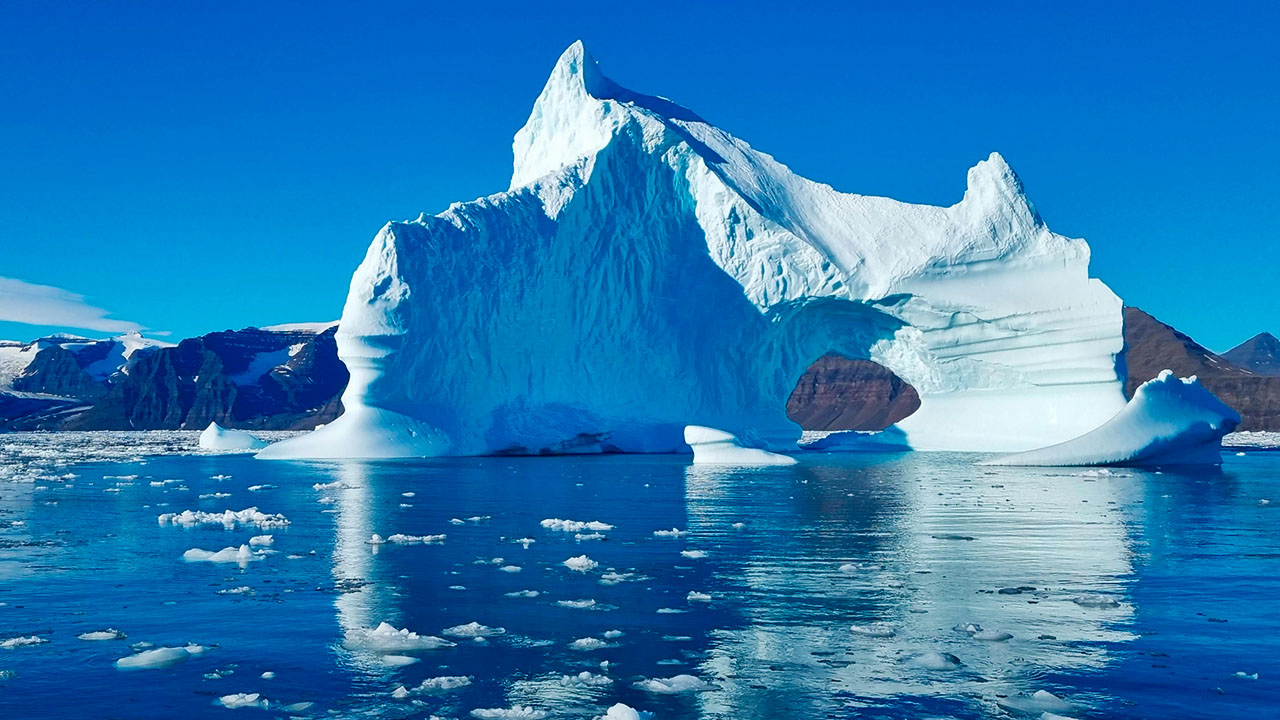
The smallest and shallowest ocean, the Arctic is undergoing profound changes due to global warming. Summer sea ice coverage has declined precipitously over past decades while melting glaciers contribute substantial freshwater influx, altering ocean circulation and chemistry. These shifts severely disrupt local ecosystems and indigenous human populations relying on relatively stable environmental conditions.
Wildlife like polar bears struggle adapting to rapid habitat transformation. Meanwhile thawing coastal permafrost and increasingly violent storms batter Arctic communities already facing threats to traditional lifeways. Monitoring and responding to Arctic climate change thus remains critical.
Emerging Geopolitical Significance
Concurrently receding summer ice uncovers potential new maritime trade routes and extensions of continental shelf for accessing resources which raises complex geopolitical issues. Several nations like Russia and Canada assert competing sovereignty claims over Arctic territory given its rising military and economic significance as the planet warms. This contested frontier seems likely to witness greater international tensions even while collaborative scientific research in the Arctic continues peacefully. Balancing national interests and shared scientific/environmental priorities around climate change impacts presents ongoing challenges.
Coral Sea: Biodiversity Hotspot
- Area: 4,791,000 square kilometers
- Deepest Point: Bougainville (29,986 feet)
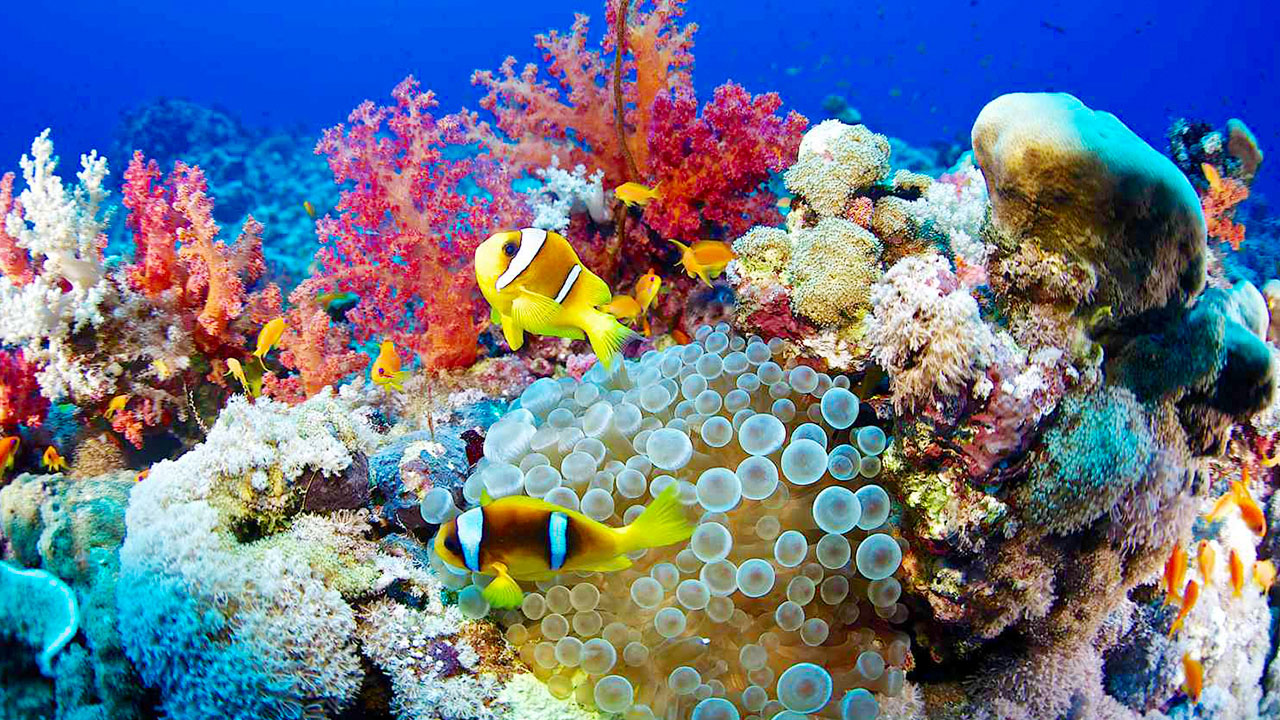
The Coral Sea off Australia’s northeastern coast contains magnificent shallow reef structures paralleling the Great Barrier Reef. Turquoise waters harbor abundant marine life living amidst branching coral formations and interspersed sand cays. These extensive yet vulnerable reef systems draw divers and snorkelers worldwide. Safeguarding coral health from bleaching and other anthropogenic threats remains a conservation priority to sustain the Coral Sea’s splendor.
Arabian Sea: Strategic Importance
- Area: 3,862,000 Square Kilometers
- Deepest Point: Wheatley Deep (19,028 feet)
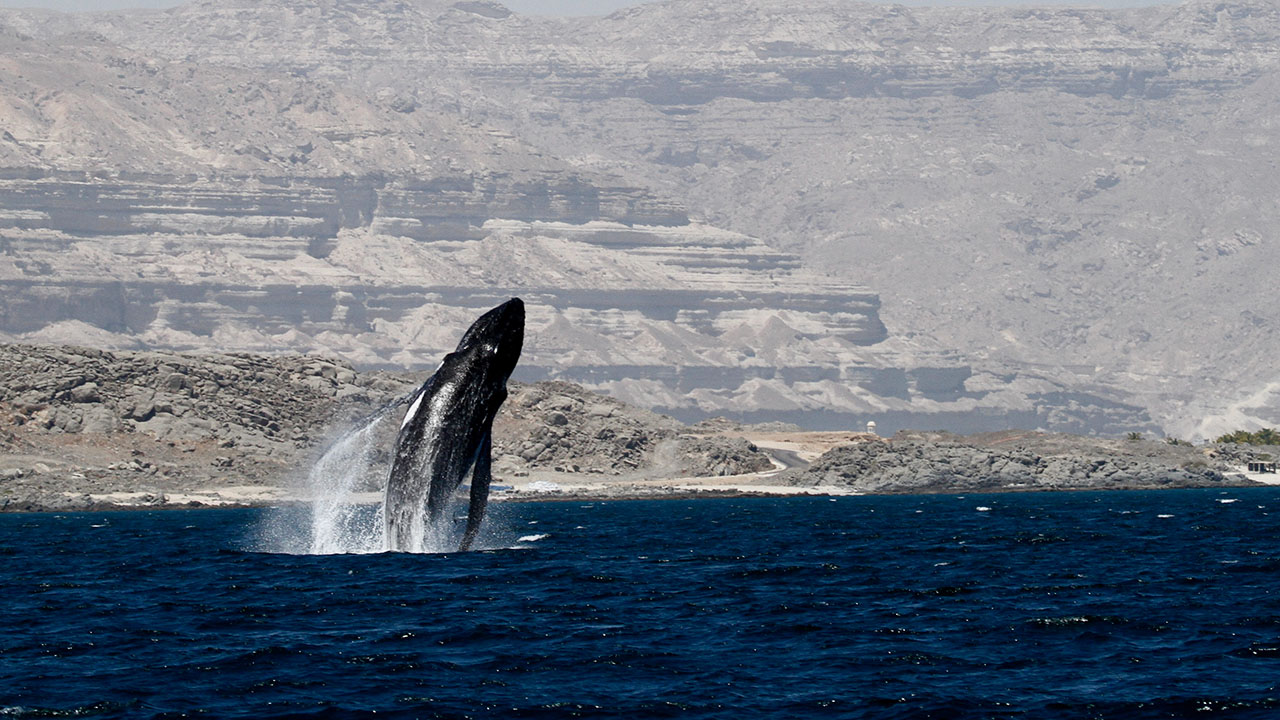
The Arabian Sea links Middle Eastern energy exporters with Asian markets through dense maritime trade flows. These warm, calm waters contain strategically vital ports and shipping lanes near pinch points like the Strait of Hormuz which sees extensive oil tanker traffic. The Arabian Sea grew in global significance through growing energy interdependence binding the Gulf states with the broader Indian Ocean economic community. Maintaining secure passage for vessels in the Arabian Sea thus retains heightened geopolitical and commercial relevance currently.
South China Sea: Contested Waters
- Area: 3,685,000 Square Kilometers
- Deepest Point: China Sea Basin (16,456 feet)
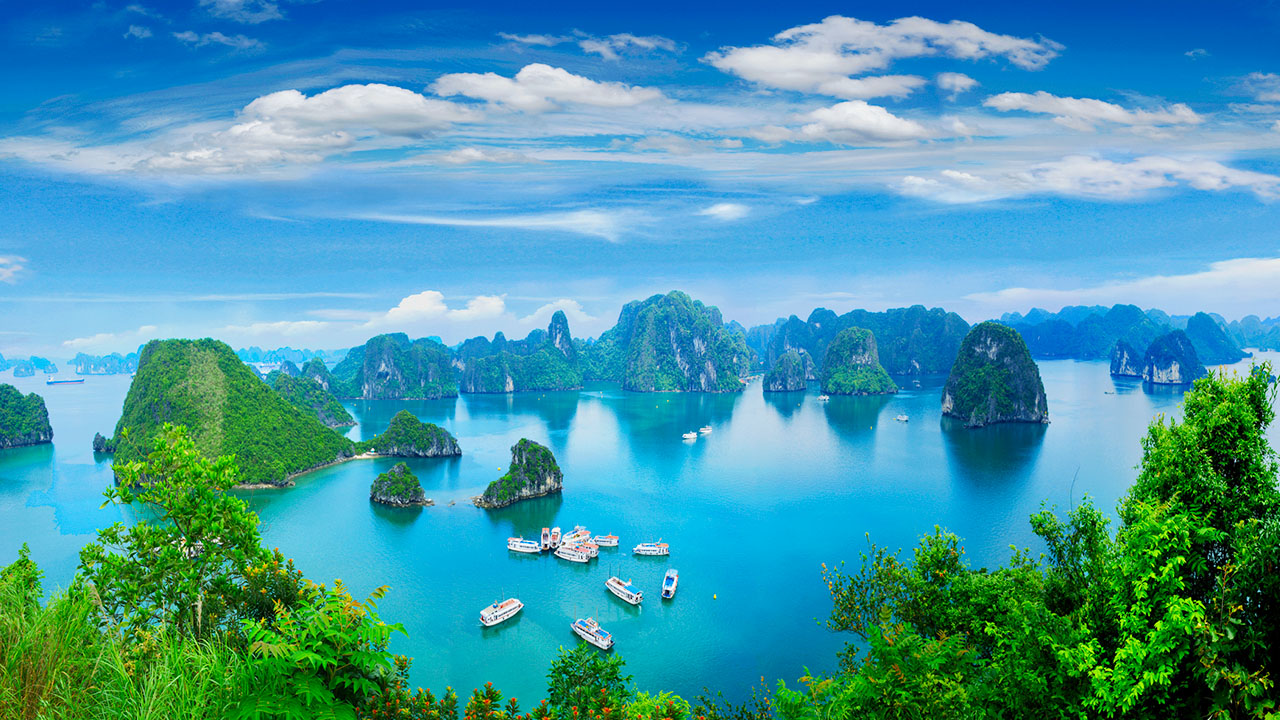
The semi-enclosed South China Sea connects fast-growing East Asian nations that increasingly depend on these waters for resources and trade transit. But conflicting maritime claims over islands and reefs foster periodic tensions given the geostrategic implications. China aggressively expanded its presence across the South China Sea through extensive island-building and assertions of sovereignty that worry regional neighbors and the United States. Resolving these complex disputes peacefully while sustaining marine ecosystems represents a critical regional challenge going forward.
Caribbean Sea: Tourism and Biodiversity
- Area: 2,754,000 Square Kilometers
- Deepest Point: Cayman Trough (25,216 feet)
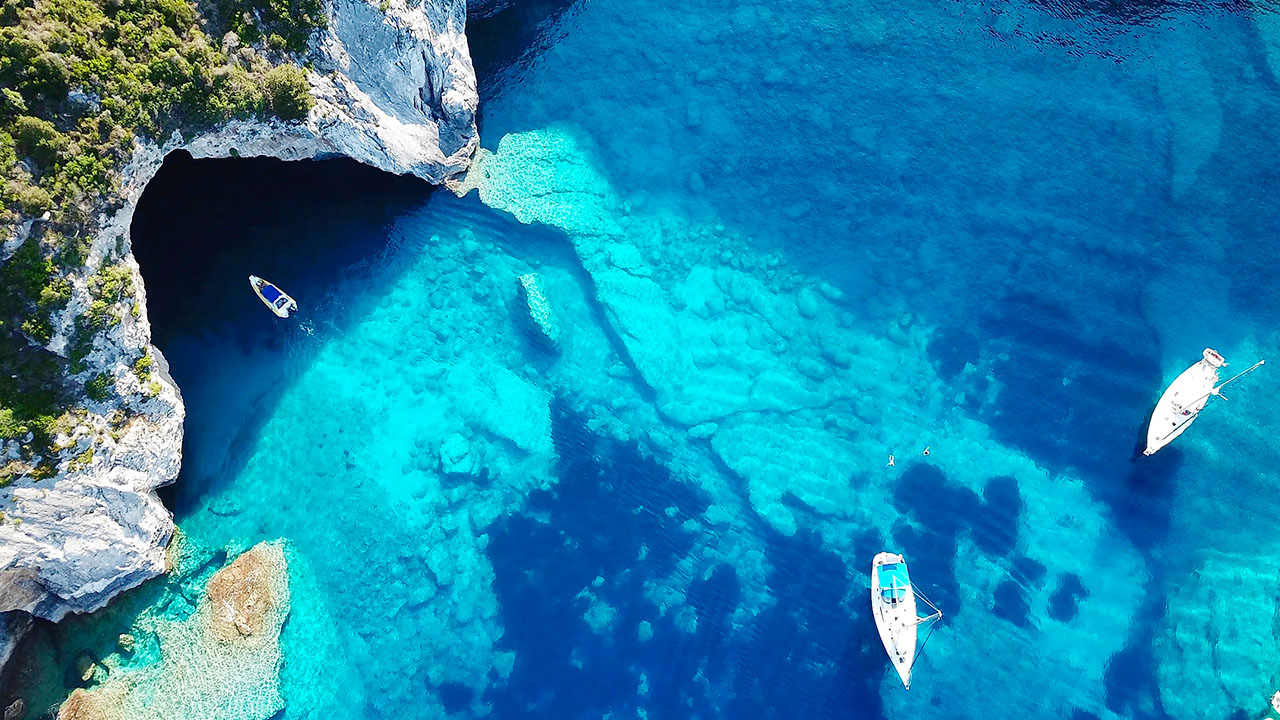
Reef-fringed islands dotting the tropical Caribbean Sea contain vibrant ecosystems amidst clear blue waters, drawing tourists worldwide. Yet biodiversity loss, storm damage, and climate impacts like coral bleaching threaten these idyllic yet vulnerable island habitats. Sustainable development and local capacity-building offer keys to enhancing community resilience while safeguarding the Caribbean’s natural heritage for future generations.
Mediterranean Sea: Cradle of Civilization
- Area: 2,500,000 Square Kilometers
- Deepest Point: Calypso Deep (17,280 feet)
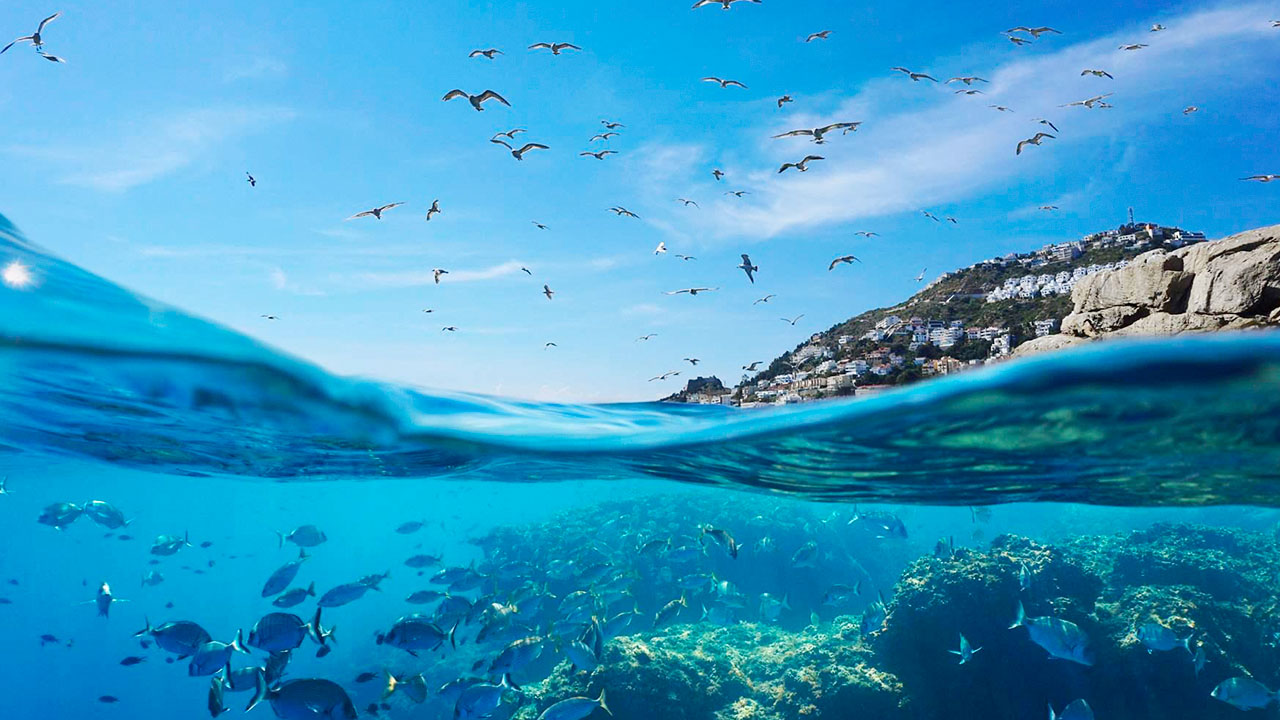
This intercontinental inland sea anchored early Western civilizations flourishing across Southern Europe and the Levant. Mediterranean cultures pioneered artistic and philosophical achievements shaping the foundations of Western thought. The region’s shared yet contested history still echoes today given ongoing cultural and religious tensions spanning the sea. But possibilities exist for greater cooperation and humanistic values to prevail across the Mediterranean.
Conclusion
The immensity of Earth’s oceans contains profound beauty and diversity if one pierces below the surface. While ongoing climate change and geopolitical issues pose contemporary challenges, the oceans offer keys to planetary balance and continued inspiration. Through passion and shared stewardship, a vibrant future remains possible for these wondrous global commons that still contain secrets awaiting discovery across the blue expanse as more unfolds to perceive and understand.



